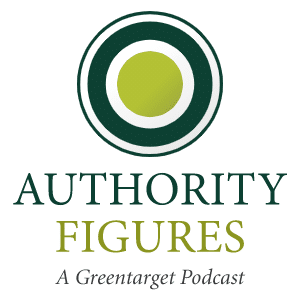As we all continue to navigate the unprecedented leadership challenges and opportunities created by the COVID-19 crisis, we’ve had the opportunity to connect with a wide range of professional services leaders.
Those conversations have produced a wealth of perspective surrounding the unique communications challenges professional services leaders face in this uncertain time. Below is a collection of insights that may prove useful as you continue to navigate these unchartered waters.
Identify, segment and prioritize your stakeholders – In the coming days, leaders are working to exit triage mode and move into a more systematic, sustainable cadence of communication with internal and external stakeholders. It’s an opportune time to think about which audience segments are most important now and how frequently you interact with them. You’ve likely (and rightly) made clients your first priority. If so, now is the time to think more broadly about other key stakeholders and what messages and assurances they need to hear.
Increase your cadence – If it feels like you’re overcommunicating, you’re probably doing it right. The frequency of your communication to the organization should be two-to-three times the norm. Avoid the temptation to overthink your message; instead, focus on being nimble and authentic. Be comfortable making decisions on the best available information and pivoting as you learn more. Take a moment to think about new internal and external audiences who need your attention. This should be a constant exercise.
Expand your feedback networks – In disruptive times, your first team is typically the executive committee or board of advisors – the group that will provide the input necessary to manage through the initial phases of uncertainty. We are entering a transition period; empathizing with the changing needs of clients and internal stakeholders will be critical and challenging. It will require new feedback avenues and greater effort to obtain information from every corner inside and outside the organization. The best intelligence in a crisis comes from the crisis itself – you will need frequent, fresh, first-hand information to adapt and respond effectively.
Prepare your frontline leaders – In the same way that you are being tested so are the executives with direct connections to partners and clients. Those frontline leaders need your coaching and your help to predict what questions and information will be asked of them. For example, following the massive unemployment numbers steadily being released, the question on just about everyone’s mind is, “Is my job secure?” Understanding your team’s top-of-mind concerns and providing as much clarity as possible will be key to keeping them productive.
Be willing to recast your strongest communicators – We all have various strengths and not every leader in your organization is a strong, confident communicator. Accept this reality, identify the leaders who excel at interpersonal communications and be willing to recast them accordingly. In times of rampant uncertainty, you’re better off redeploying your leaders based on an assessment of strengths than trying to re-tool. The stakes are too high to leave things in the hands of weak or ineffective communicators.
Anticipate and prepare for new media narratives – Traditional news outlets are enjoying a day in the sun as audiences rely on and engage with their reporting now more than ever. While initial media narratives centered on business continuity issues in the wake of COVID-19, we are beginning to see the narrative shift toward staff-cost/workforce reductions, confirmations of COVID-19 diagnoses, the myriad implications of a prolonged lockdown, and how the world will change as a result of the pandemic. Be prepared for these shifts in attention and for a new expectation for engagement by leaders amidst an international health crisis.
We’re here to help and would welcome a chat to discuss what we’re learning in real time.







